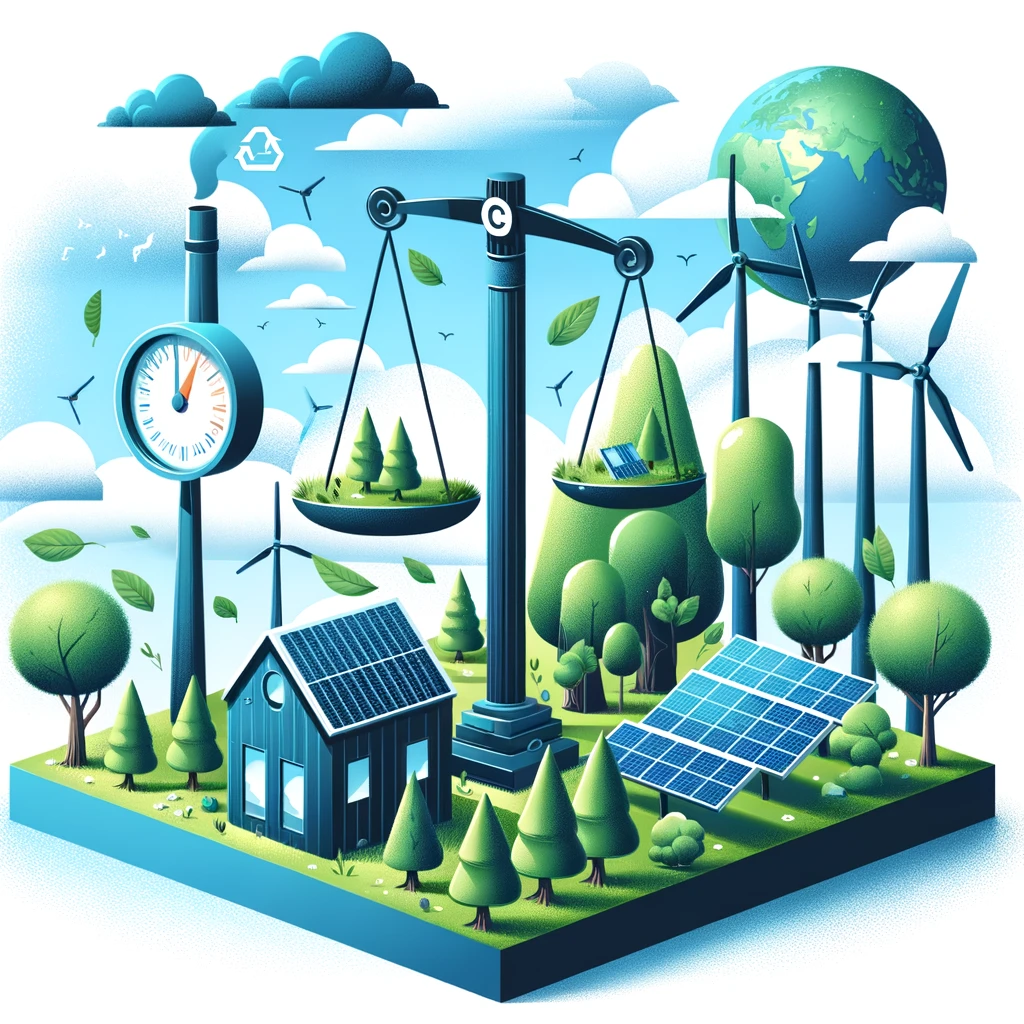In the contemporary landscape of environmental sustainability, corporations across the globe are increasingly committing to reducing their carbon footprint. Among the innovative solutions gaining traction, Hybrid Thermal Energy Storage (HTES) systems stand out as a pivotal technology. These systems not only contribute significantly to carbon offsetting efforts but also enhance energy efficiency and reliability for corporate entities. Understanding how HTES works and its benefits is essential for corporations aiming to meet their sustainability and carbon neutrality goals.
Understanding Hybrid Thermal Energy Storage
Hybrid Thermal Energy Storage encompasses a combination of two or more thermal storage technologies to optimize energy storage and release. Typically, these systems integrate sensible heat storage (SHS), latent heat storage (LHS), and thermochemical storage (TCS) methods. By harnessing the unique advantages of each storage type, HTES systems achieve higher efficiency and flexibility compared to single-method storage solutions.
How HTES Systems Work
- Sensible Heat Storage (SHS): SHS involves storing energy by heating or cooling a medium (often water or rocks) without changing its phase. The energy is later retrieved through the reverse process. SHS is known for its simplicity and high specific heat capacity but has limitations in energy density and heat loss over time.
- Latent Heat Storage (LHS): LHS utilizes phase change materials (PCMs) that absorb or release heat during phase transitions, typically from solid to liquid or vice versa. This process allows for storing or releasing large amounts of energy at a constant temperature. LHS offers higher energy density compared to SHS but requires careful selection of PCMs to match the desired temperature ranges for energy storage and release.
- Thermochemical Storage (TCS): TCS stores energy through chemical reactions, which can involve endothermic (absorbing heat) or exothermic (releasing heat) processes. This method can achieve the highest energy storage density and the ability to store energy for extended periods without significant losses.
Benefits of HTES for Corporate Carbon Offsets
Increased Energy Efficiency: By optimizing the energy storage process, HTES systems reduce the need for primary energy consumption during peak demand times. This efficiency not only lowers energy costs but also decreases the reliance on fossil fuels, directly contributing to carbon offsetting efforts.
Enhanced Flexibility: The integration of different storage methods allows HTES systems to adapt to varying energy needs and supply conditions. This adaptability is crucial for utilizing renewable energy sources, which are often intermittent and unpredictable.
Long-term Sustainability: HTES systems facilitate the transition to a low-carbon economy by supporting the integration of renewable energy sources into the corporate energy mix. By enabling more effective use of renewable energy, corporations can significantly reduce their carbon footprint and progress towards sustainability goals.
Cost Savings: Beyond environmental benefits, HTES systems offer economic advantages by optimizing energy consumption patterns, reducing peak load demands, and minimizing the need for expensive energy imports or investments in energy infrastructure.
Hybrid Thermal Energy Storage represents a forward-thinking solution for corporations committed to environmental stewardship and carbon neutrality. By leveraging the synergies of multiple thermal storage technologies, HTES systems offer a pathway to significantly reduce carbon emissions, enhance energy efficiency, and contribute to the global effort against climate change. As corporations continue to seek innovative solutions for sustainability, the role of HTES in achieving carbon offsets cannot be overstated.
In the journey towards a more sustainable and carbon-neutral future, the adoption of HTES systems by corporations plays a critical role. It exemplifies a commitment to not just environmental responsibility but also to the advancement of technologies that pave the way for a sustainable economic model. For those looking to make a tangible impact on their carbon footprint, exploring and investing in Hybrid Thermal Energy Storage is a strategic and impactful choice.

Copywrite Howler Media Holdings, LLC 2024

